Banner 1
P8.1 Vectors and Scalars AQA GCSE Physics Force in Action Kerboodle Answers: Page No. 115
1 a Magnitude of a vector quantity is the size of a quantity is its magnitude of a vector quantity.
b Difference between a scalar quantity and a vector quantity is a scalar quantity has magnitude only but a vector quantity has a magnitude and a direction.
2 distance travelled by the students on their journey to school is greater than displacement which is 10km because displacement is the shortest distance between their home to school. So it is between 20 and 21 km.
- Scale diagram with ratio A : B = 1.25 : 1 (= 15 N /12 N ) therefore arrow for A is 1.25 times the length of the arrow for B .
4 a Depends on 48 N arrow length: e.g., 60 mm arrow → scale 10 mm ≡ 8.0 N.
- Ratio B : A = 0.75 : 1 (= 36 N/ 48 N ), arrow for B points downwards from object along dashed line, arrow. Therefore 0.75 times length of arrow for A.
P8.2 Forces between objects AQA GCSE Physics Force in Action. Kerboodle Answers : Page No. 117
1 a the braking distance also increases as the car’s speed increases. When the brakes are applied, work is done by the friction force between the brakes and the wheels. So it decelerates.
b force equal and opposite to force road exerts on each tyre.
2 a The size of force of the nail on the hammer is 50N and is in upward direction.
b A lorry tows a broken-down car. The force of the lorry on the tow rope is 200N. The force exerted on the tow rope by the lorry is 200N.
3 a The force of the book on the table is equal and opposite to the force of the table on the book.
b forces vertically downwards but force of table on floor > force of book on floor because floor supports weight of table and book, table only supports book.
4 a downwards.
B 500N upwards.
c 500N upwards.
P8.3 Resultant force AQA GCSE Physics Force in Action . Kerboodle Answers : Page No. 119
1 glider makes contact with track and stops moving along it, friction between glider and track no longer absent when glider makes contact with track so glider stops because friction opposes its motion.
2 a opposite in direction to velocity.
b Zero.
3 a force of mud on car is more than force on car from tractor.
b 300 N.
4 a Weight vector downward vertical arrow with non-arrow end on car midway between wheels.
b support force vectors upward and vertical from point of contact of each wheel on road.
P8.4 Moments at work AQA GCSE Physics Force in Action . Kerboodle Answers : Page No. 121
1 a i Moment of force increases.
ii no effect on the moment of the force.
iii the moment of the force is reduced by four times.
- The Moment of the force = 72*0.25 = 18Nm.
2 a The force is Anticlockwise.
b i Increased.
ii Decreased.
3 a Because it increase perpendicular distance from the line of the action of the force to the pivot which increase its moment of the force.
b When metal rusts its oxygenized, so the oxygen has been added. So there’s more material there than originally. Because of the extra layer of rust on the hinge it causes friction and makes it harder for the hinge to move like its supposed to.
4 We know that moment of force = force*perpendicular distance from the line of the action
18 = force*0.25
Force = 18/0.25 = 72N.
P8.5 More about levers and gears AQA GCSE Physics Force in Action . Kerboodle Answers : Page No. 123
1 This is because the line of action of the force we apply is further from the pivot so the turning force on the wheel nut is much greater than the turning force applied to the T bar.
2 = 4.8/0.040 = 120N.
Banner 2
P8.6 Centre of mass AQA GCSE Physics Force in Action . Kerboodle Answers : Page No. 125
1 a Centre of mass is where two diagonal lines from corners cross.
b Centre of mass found by drawing two diametric lines at right angles, centre of mass is where the two lines cross.
c Centre of mass is where two diagonal lines from corners cross.
2 center of mass of child then directly below midpoint M of points of suspension of swing, at this position, moment of child about M = 0.
3 Make hole in one corner of card and suspend from rod use plumb line to draw vertical line on card from rod repeat, hanging card from different corner point where two lines meet is centre of mass.
4 in a resultant force = 0 because basket at rest, b magnitude of resultant force is non-zero and acts towards wall in direction perpendicular to line between centre of mass and point of suspension.
Banner 3
P8.7 Moments and equilibrium AQA GCSE Physics Force in Action Kerboodle Answers : Page No. 127
1.i)
W1D1 = W2D2
W1 = 6*0.15/0.30 = 3N.
ii)
Weight of the beam = 0.15*2/0.25 = 1.2N.
b shows a wheelbarrow and a trolley being used to move a load. The load is lifted using a much smaller effort. It can easily be moved by pushing the wheelbarrow and trolley forwards.
2 a Dawn is lighter
b Dawn weight = 425*2/2.5 = 340N.
c Dawn move away from john to rebalance the seesaw and is 6m away from johns.
3, W = 3*0.15/0.30 = 1.5N.
4 F1d1 = W0d0
Effort force(F1) = 120*d0/6d0 = 20N.
Banner 4
P8.8 The parallelogram of forces AQA GCSE Physics Force in Action . Kerboodle Answers : Page No. 129
1 Figure6: 50 N vertically upwards. Figure7: 500 N up the slope.
2 5.0 N at 37° to 4.0 N force.
b
60°is 6.1 N at 26° to 4.0 N force.
c
45° is 6.5 N at 28° to 4.0 N force.
3 5400 N (to 2 s.f.) correct diagram correct answer.
4 a Diagram shows vertical line intersected at same point P by 2 upward straight lines at 70° to vertical line.
b i weight vector as downward vertical arrow from P, scale shown and arrow labelled ‘weight’.
ii resultant of two tension arrows is equal and opposite to weight vector, resultant arrow therefore vertically upwards from P and same length as weight arrow, completing parallelogram of forces gives length of the two tension arrows, using scale should then give 2.9 N for each tension.
Banner 5
P8.9 Resolution of forces AQA GCSE Physics Force in Action . Kerboodle Answers : Page No. 131
1 690 N correct diagram correct answer.
2 130 N (to 2 s.f.) correct diagram correct answer.
b friction on bearings of trolley wheels makes trolley harder to push or force exerted by student may not be parallel to slope.
3 a Not enough friction on ladder at floor. So weight pulls ladder down.
4 a Correct diagram with parallel component = 25 N, perpendicular component = 43 N.
b Friction on box equal and opposite to parallel component of weight(25 N) .
Baneer 6
Summary questions AQA GCSE Physics Force in Action . Kerboodle Answer .Page No. 132
1 a i the magnitude and the direction of the force on the spring balance due to the iron bar is 1.6 Newton vertically downwards
ii the weight of the bar is 1.6 N
b i the magnitude and the direction of the force on the iron bar due to the magnet is 0.4 N vertically downwards
ii the magnitude and the direction of the force on the magnet due to the iron bar is 0.4 N vertically upwards
2 the force of the bottle opener on the cap is much larger than the force applied to the bottle opener by the person opening the bottle because the opener is a multiplier of force which acts further from fulcrum than does force of bottle opener on the top. As a result of it the force of bottle opener on top is larger than the effort
3 Calculate the moment of the star about point P is as follows 0.04 N × 0.3 m= 0.012 Newton meter
b The crescent moon attached to the toy is at a distance of 0.20mfrom P. the weight of the crescent moon is 0.012 N m/0.2 m = 0.06 N
4 a the vertical force F needed to lift the wheel barrow’s legs off the ground is much less than the combined weight of the sand and the wheelbarrow because the distance from wheel axle to force is much greater than distance from axle to COM, weight of sand and wheelbarrow. It causes a moment around wheel axle to lift wheelbarrow legs off ground, F must generate more moment around wheel axle as distance from wheel axle to F much is much greater than distance from axle to COM
b i the combined weight of the bag of sand and the wheelbarrow is 48 × 1.40/0.45 = 149 N
ii The weight of the wheelbarrow was 65 N. the weight of the sand is 84 N
5 a correct parallelogram is 13 300 N 1
b The ship moves at a constant speed and direction because it is acted on by a drag force. The drag force is equivalent in extent and conflicting in direction to subsequent of the 2 tugboat forces so resultant force on ship is equal to zero so it moves at persistent velocity
6 • use Nm to measure weight of box
- use newton-meter and string to pull box
- cord horizontal, read newton-meter once box starts to move
- Reading at this point is equal to frictional force needed to move box
- repeat test twofold and note capacities in table
7 the moment of the force acting on the bigger gear wheel is 18 N m
b the effect of rotation around the largest gearwheel is greater than the effect of rotation around the smallest gearwheel since the gearwheels exert equal and opposite forces from each other to the force of the contact point on the largest gearwheel , acts farther from its axis than the force on the smallest cogwheel, the moment on the largest cogwheel is greater than the moment on the smallest cogwheel, therefore, the rotation effect of the wheel axle larger cog is larger The rotation effect applied to the smaller cogwheel shaft
Banner 7
Practice questions AQA GCSE Physics Force in Action . Kerboodle AnswerPage No. 133
01.1 Contact forces examples: friction, air
resistance, tension
Non-contact forces examples:
gravitational, electrostatic,
magnetic forces
01.2 less than 20000 N.
01.3 speed increases so resistive force increases until the resistive is balanced by the motive force and the speed then becomes constant
02.1 moment = force x distance from pivot =64 Nm
- The center of mass of an object is that point at which the mass may be thought to be concentrated.
02.3 The larger sprocket has a greater turning effect than the smaller sprocket. The smaller sprocket turns faster than the larger sprocket. So the propeller turns fast enough to drive the hydro bike.
03.1 Constant height: A and C
Constant speed: D and B
03.2 able to film from a greater height and second is film in dangerous places
03.3 the drone is an invasion of privacy the drone may crash and cause an accident
04 vertical force downwards (100N) drawn with a suitable scale horizontal force (400 N) drawn to the same scale resultant force drawn in correct
Direction value of resultant in the range 410 N – 420N
Disclaimer
Disclaimer: I have tried by level best to provide the answers and video explanations to the best of my knowledge. All the answers and notes are written by me and if there is any similarity in the content then it is purely coincidental. But this is not an alternative to the textbook. You should cover the specification or the textbook thoroughly. This is the quick revision to help you cover the gist of everything. In case you spot any errors then do let us know and we will rectify it.
References:
BBC Bitesize
AQA GCSE Science Kerboodle textbook
Wikipedia
Wikimedia Commons
Join Our Free Facebook Group : Get A* in GCSE and A LEVEL Science and Maths by Mahima Laroyia: https://www.facebook.com/groups/expertguidance.co.uk/
For Free Tips, advice and Maths and Science Help
This page contains the detailed and easy notes for AQA GCSE Physics Forces for revision and understanding Forces.
AQA GCSE Paper 1: Complete Revision Summary
Banner 1
FORCES
4.5 FORCES
- Scalar and vector Quantites
- Contact and non – contact Forces
- Gravity
- Resultant Forces
- Work Done and Energy transfer
- Forces and Elasticity
- Moments, Levers and Gears
- Pressure in a Fluid
- Atmospheric pressure
Banner 2
FORCES AND MOTION
Distance and Displacement Speed, Velocity, Acceleration Distance Time Graph Velocity Time Graph
NEWTONS LAW OF MOTION
Newtons First Law
Newtons Second Law
Newtons Third Law
Forces and Breaking
Breaking Distance
Thinking Distance
Reaction Time
MOMENTUM
Momentum
Conservation of Momentum
SCALARS AND VECTORS

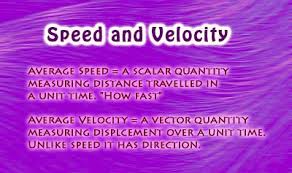
Banner 3
DISTANCE AND DISPLACEMENT

- Distance is scalar Quantity
- Displacement is a vector Quantity
- Displacement is speed in a given
direction
CONTACT AND NON CONTACT FORCES
Force is push or pull on an object that causes an object due to
interaction with another object that causes an object to:-
a) change speed
b) Change direction
c) change shape
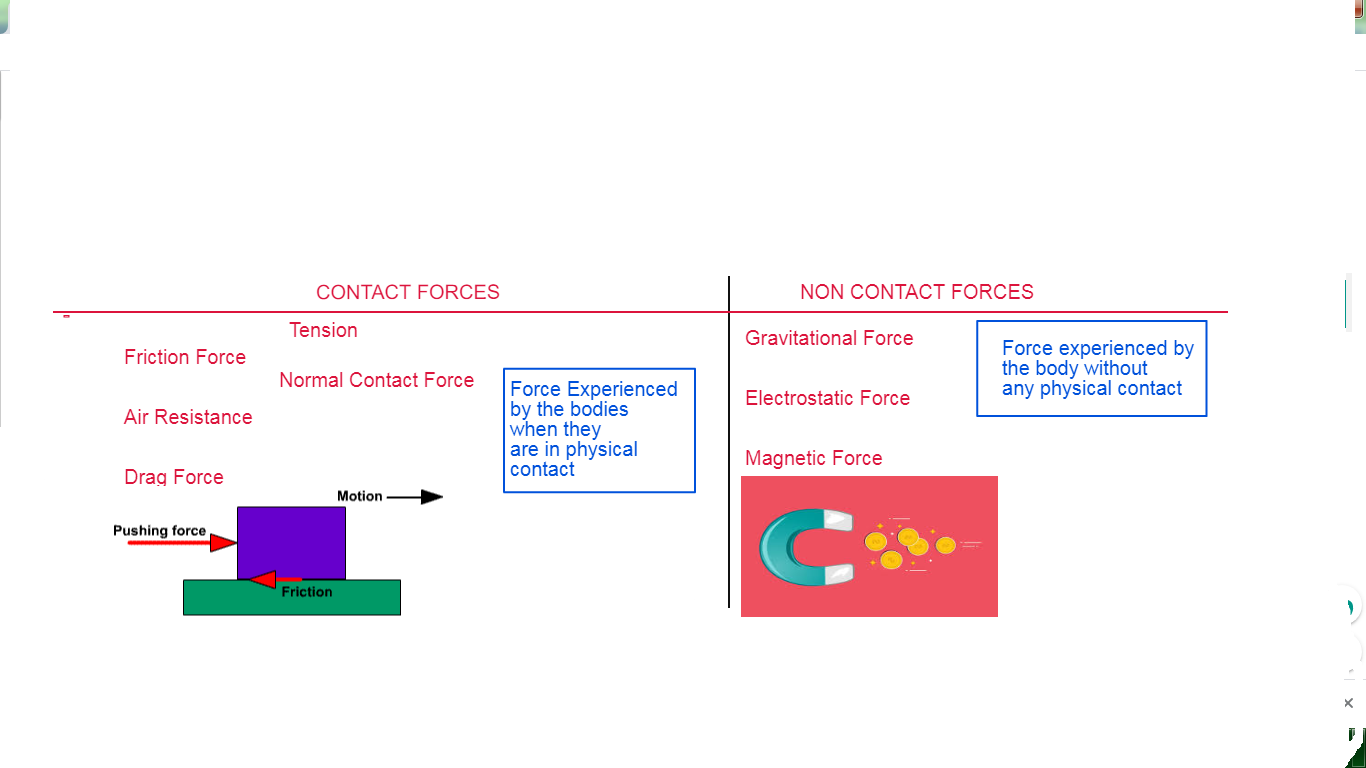
FRICTION FORCE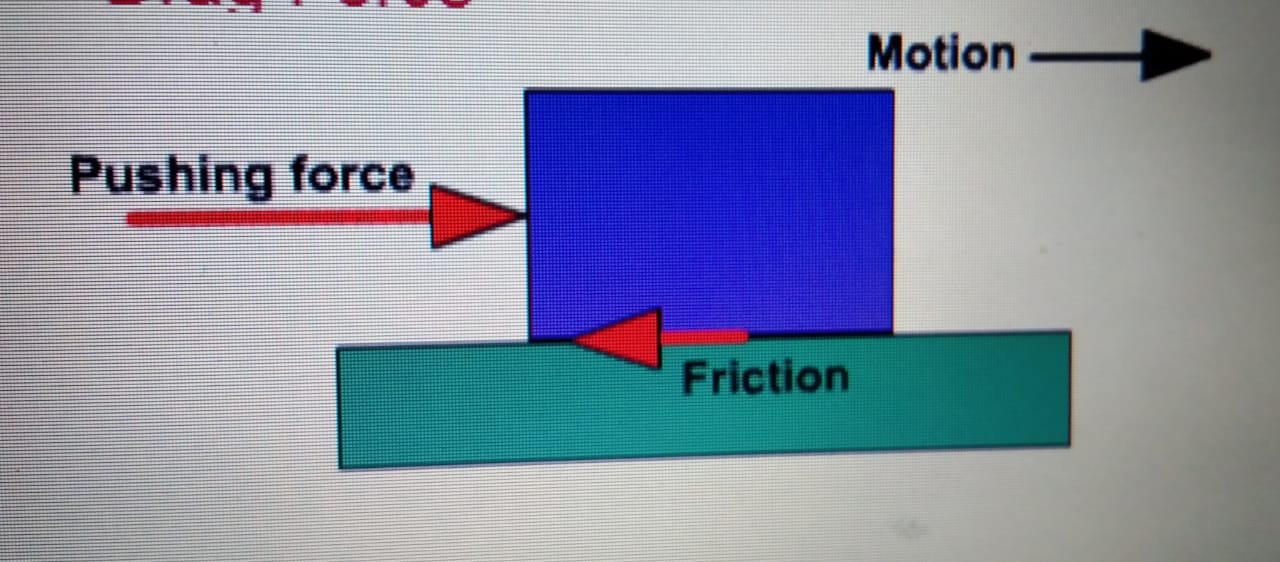
It is a necessary evil
Friction is a contact force that opposed motion between the
two surfaces that are in physical contact.
- It is a resistive force
- It happens in the opposite direction of motion.
a) It helps to light a matchstick.
b) The friction between the tyres and the
roads prevent the vehicle to slide.
a) It can cause wear and tear of machines
b) It can cause wear and tear of tyres
NEWTONS THIRD LAW OF MOTION

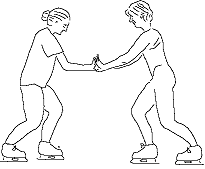
THE SKATERS MOVE TOWARDS EACH OTHER
AS THEY PULL ON EACH OTHER WITH EQUAL
AND OPPOSITE FORCE
RESULTANT FORCES


Net force = 0 N ( forces are balanced)
The body will stay at rest
It is the total force that acts on the body. It is the sum
of all the forces that acts on the body .
The resultant force decides the speed and the direction
of the body.
BALANCED
If the resultant force is zero
- If the forces are balanced and
the body is at rest then it will
stay at rest. - If the forces are balanced and the
body is moving it will keep on moving
with the same speed and direction
UNBALANCED
If the resultant force is
non zero
The body will
move in the direction
of resultant force.
Banner 4
NEWTONS FIRST LAW OF MOTION
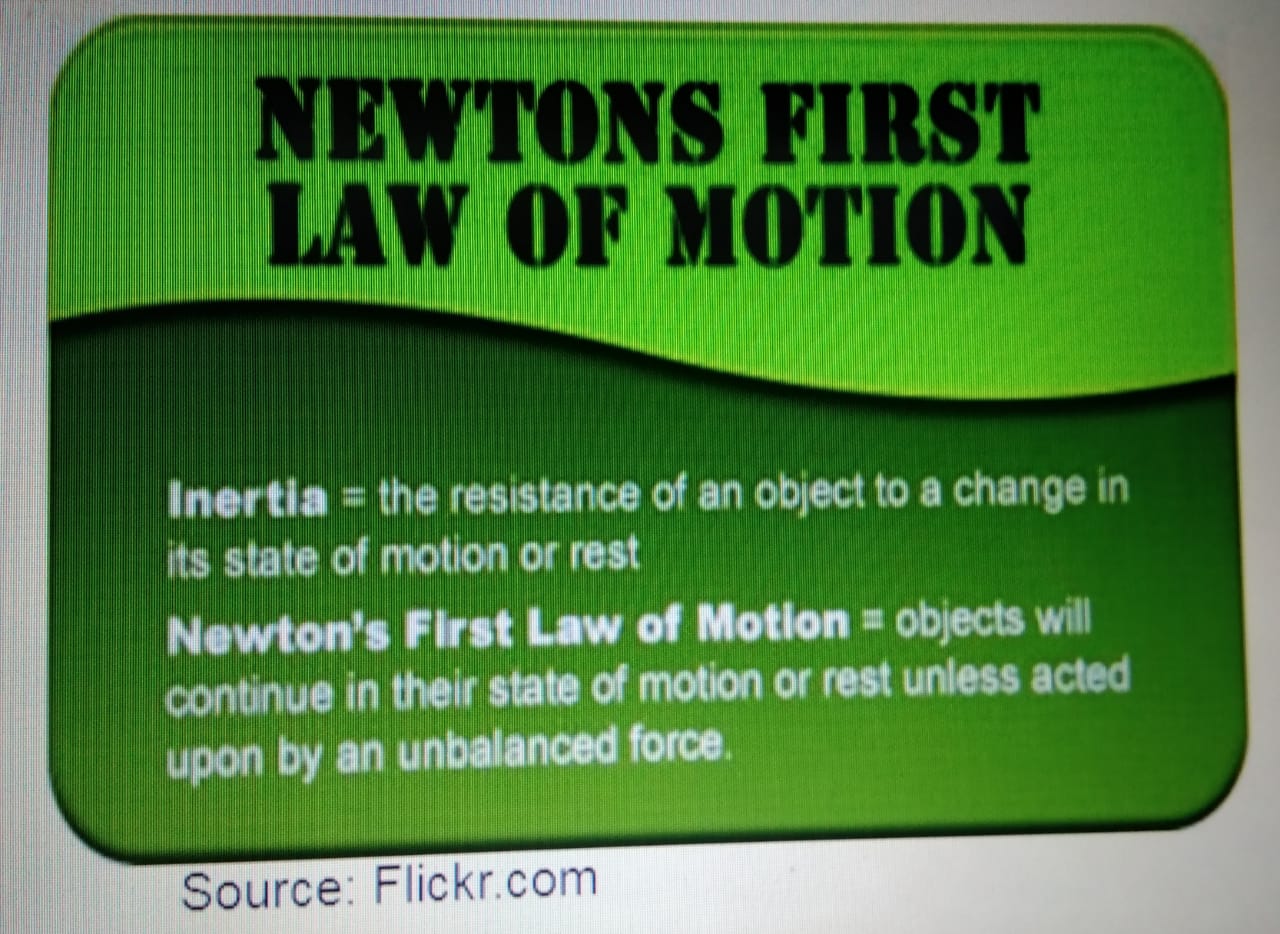
If an object is at rest it will remain at rest
If an object is in motion it will continue to move with the same
speed and direction unless no resultant force acts on it.
If the resultant force is non zero or unbalance the object will
move or change speed or direction.
MOMENTS
It is the turning effect of force.

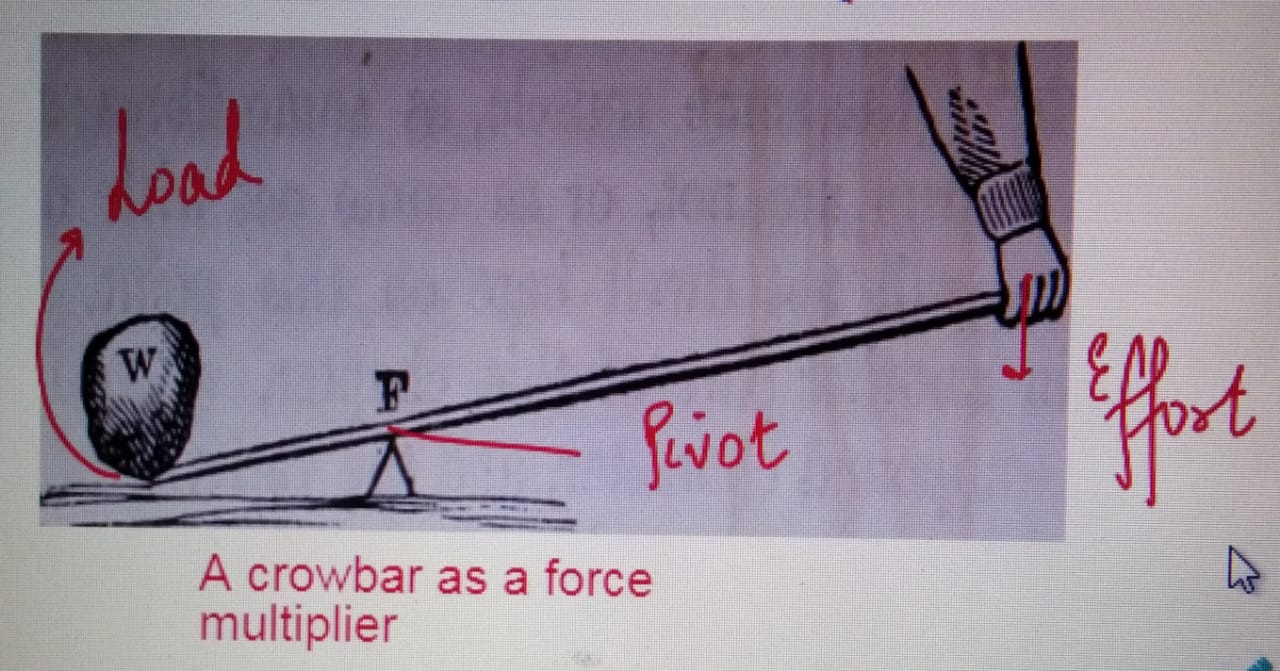
MOMENT =. Force. X Perpendicular distance
from the pivot
Nm = Nxm
Greater distance from the pivot increases
the moment or the turning effort
so a small effor can lift a heavy load.
MOMENT QUESTIONS
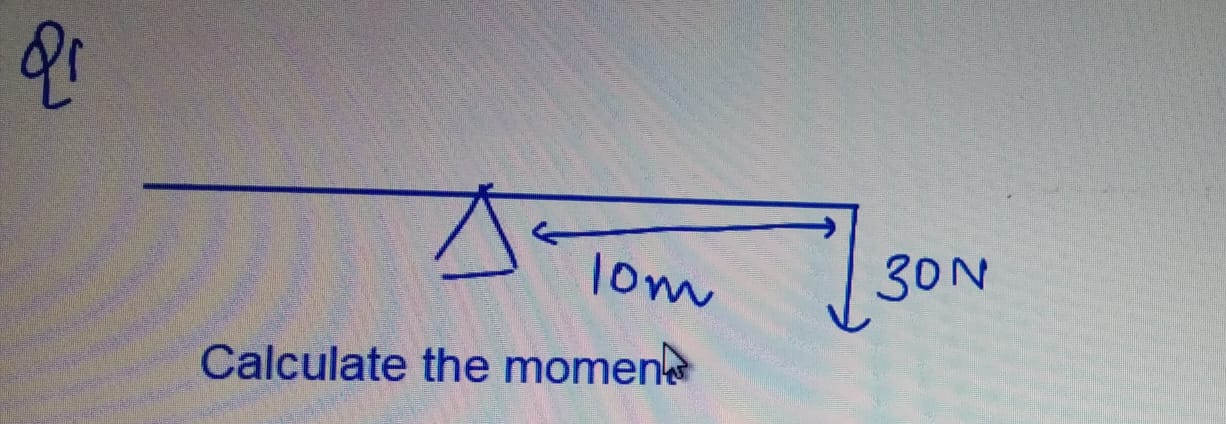
Moment = Force X distance
= 30 X 10
= 300 Nm
Q2 The moment of a spanner is 50 Nm.
Calculate the force acting at a distance of
10m from the pivot.
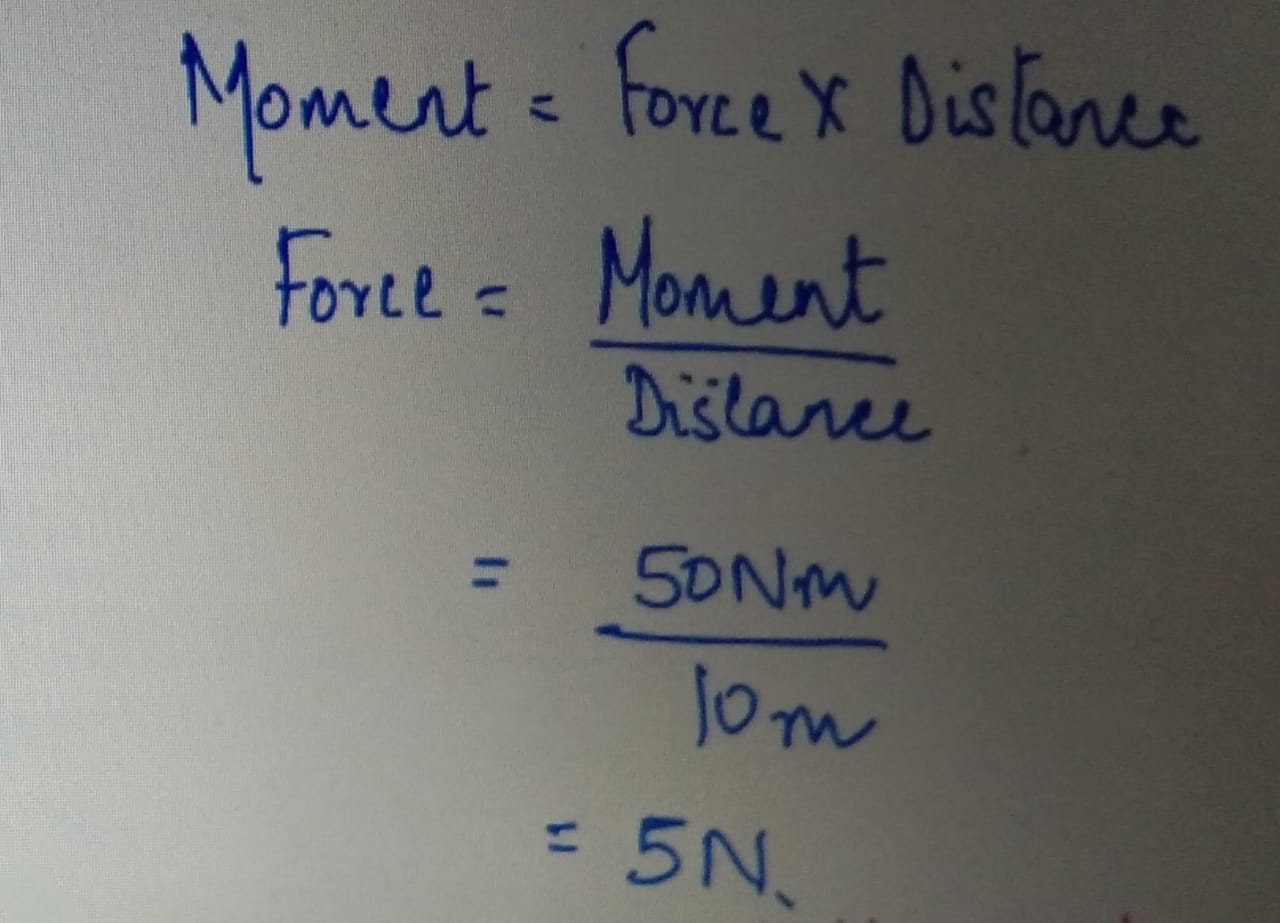
LEVERS AND GEARS
Simple Lever and Force Multipliers

In all these levers, the turning effect of force is greater by increasing the distance of effort
further away from the pivot. It increases the turning effect and multiply the force with a
small effort.
Banner 5
GEARS
GEARS TRANSMIT TURNING EFFECT OF
FORCE
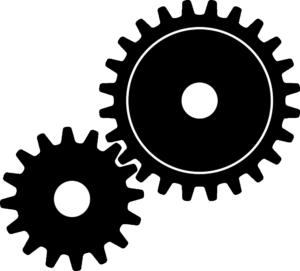
- Gear A Connected to the engine
- Smaller radius
GearB
- Bigger radius
- Connected to Wheels
At the Point of Contact they exert equal and opposite force.
Turning effect is greater due to greater radius .

Low gear
- Low speed and high turning
effect - small gear wheel run a bigger
gear wheel - bigger wheel has greater turning
effect but slow speed
High Gear
- High speed and
low turning effect - large gear wheel run
a smaller gear wheel - small gear wheel force
acts near to the shaft it
run faster with a high speed
but lower turning effect
Baneer 6
MOMENTS AND EQUILBRIUM
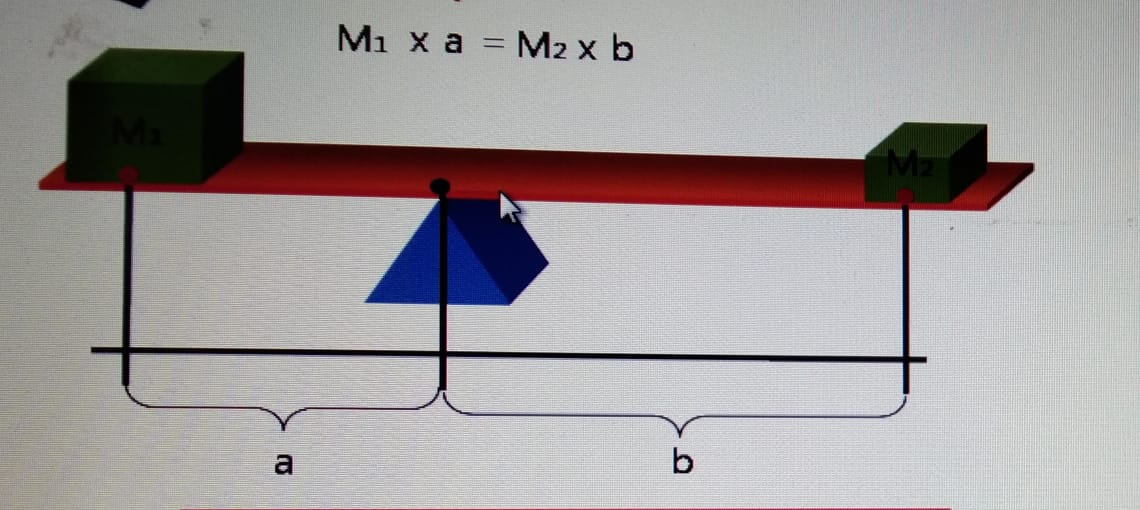
The sum of clockwise moments=
The sum of anticlockwise moments
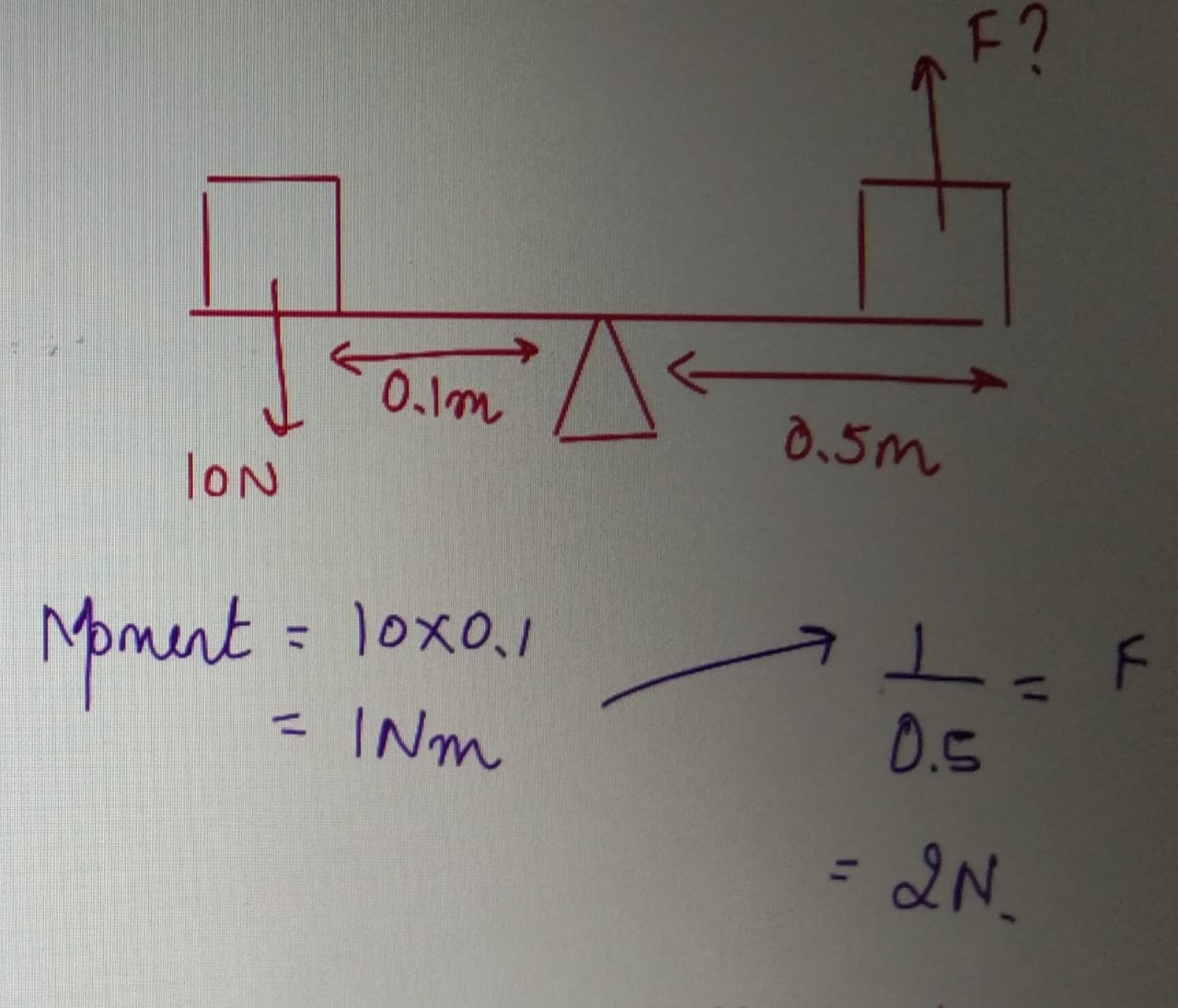
Banner 7
WEIGHT OF THE BEAM
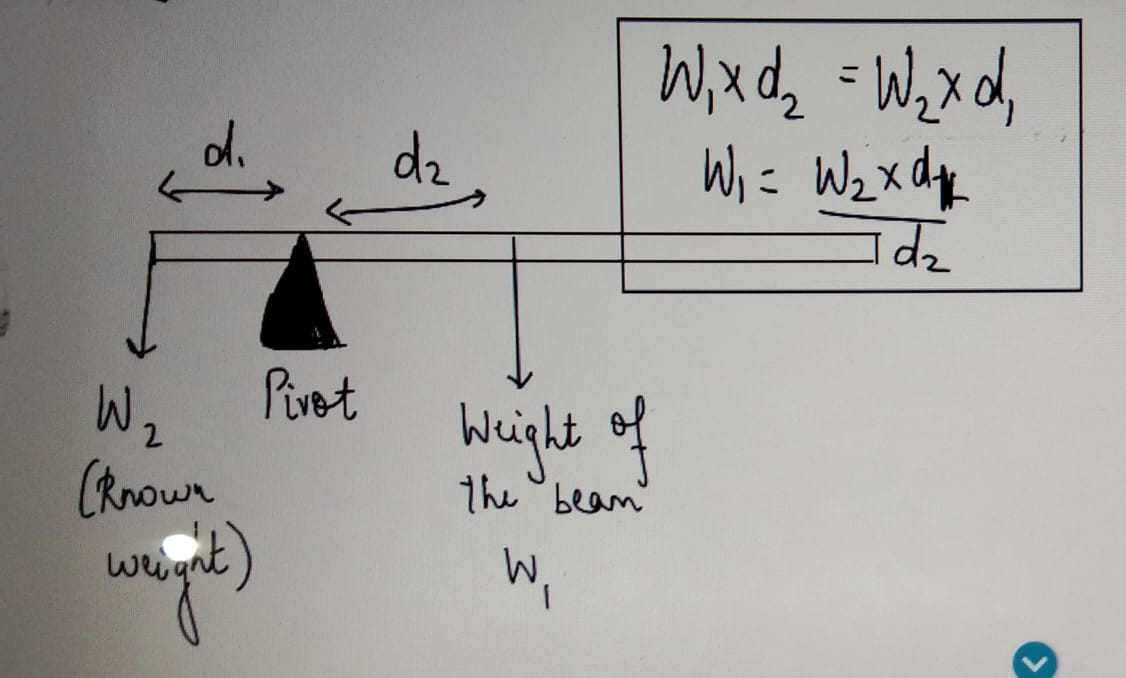
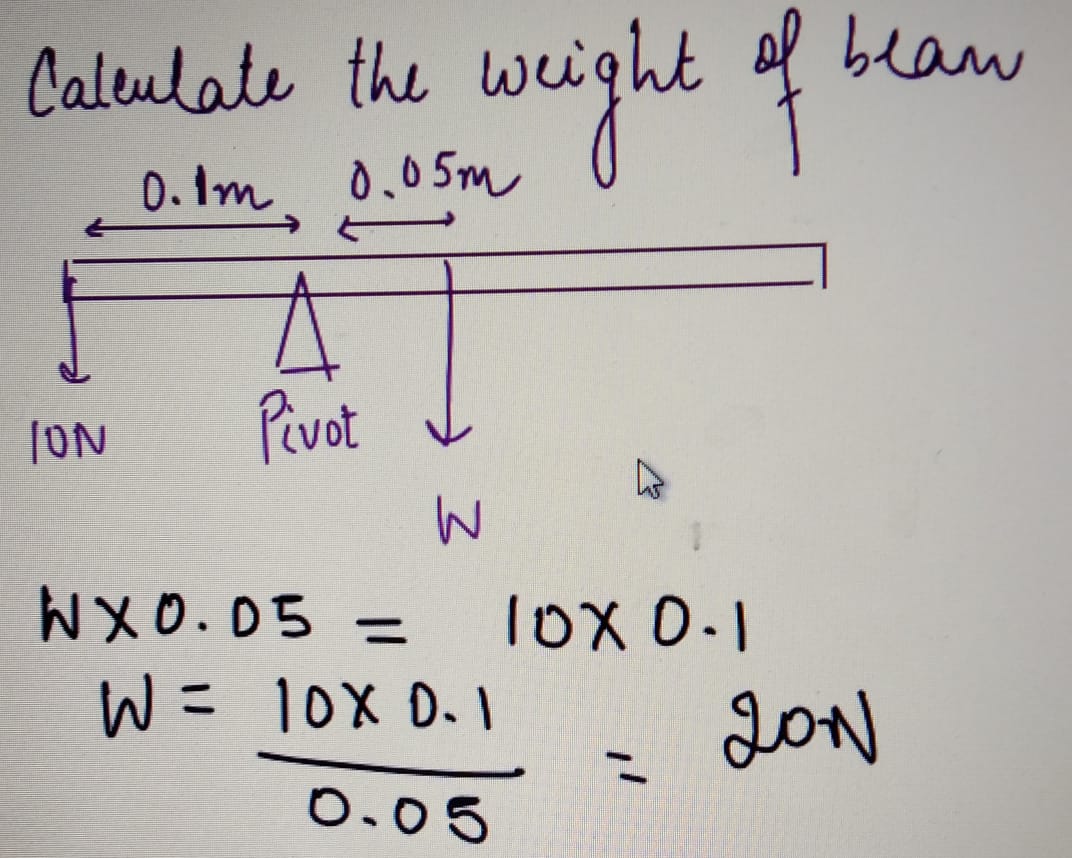
CENTRE OF MASS
It is the point at which the entire mass of the object
can be thought as being concentrated.
CENTRE OF MASS FOR SYMMETRIC OBJECTS

- It is along the point of symmetry
- If there more line of symmetry the centre of mass
is at the intersection of lines of symmetry
SUSPENDED OBJECT
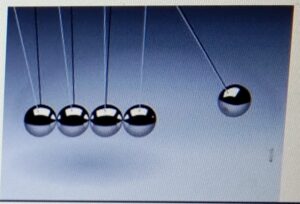
- The center of mass is directly below the point of suspension.
- When suspended, the weight will give the turning effect and
it will come back to its equilbrium position
Banner 8
SPEED, VELOCITY AND ACCELERATION
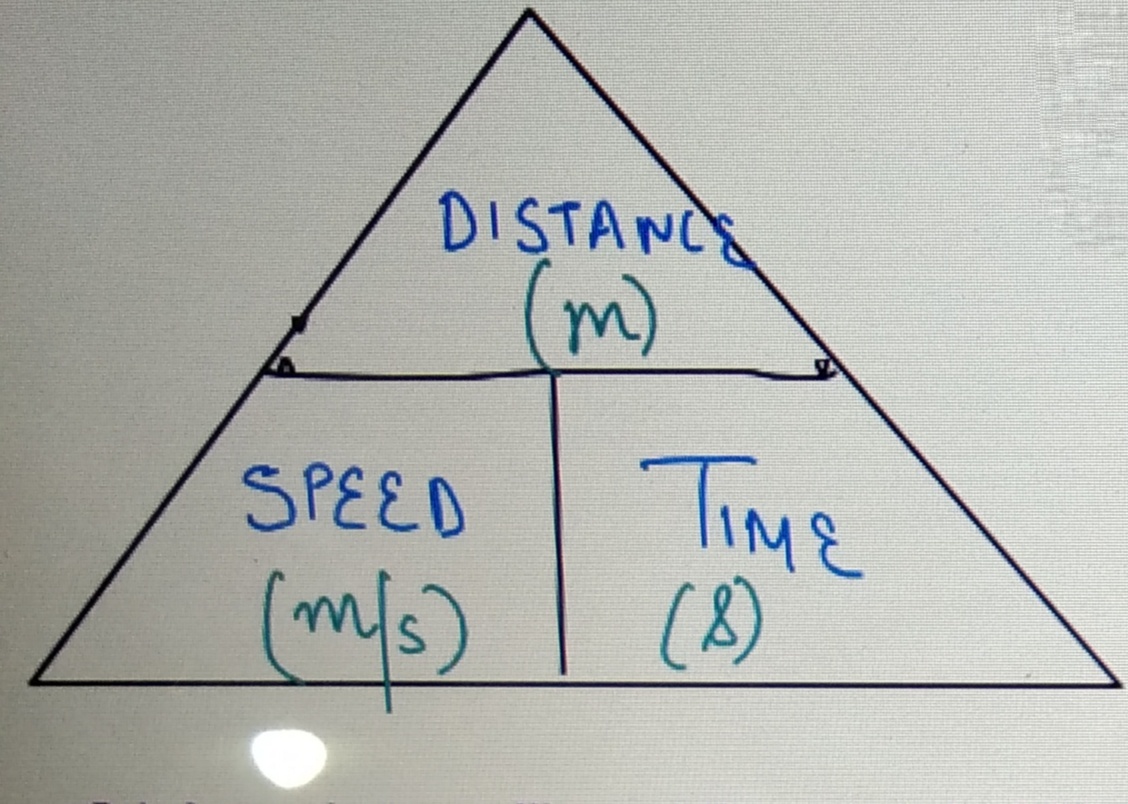
Q1 A car is travelling at the speed of 20 m/s.
Calculate the distance covered in 10 minutes
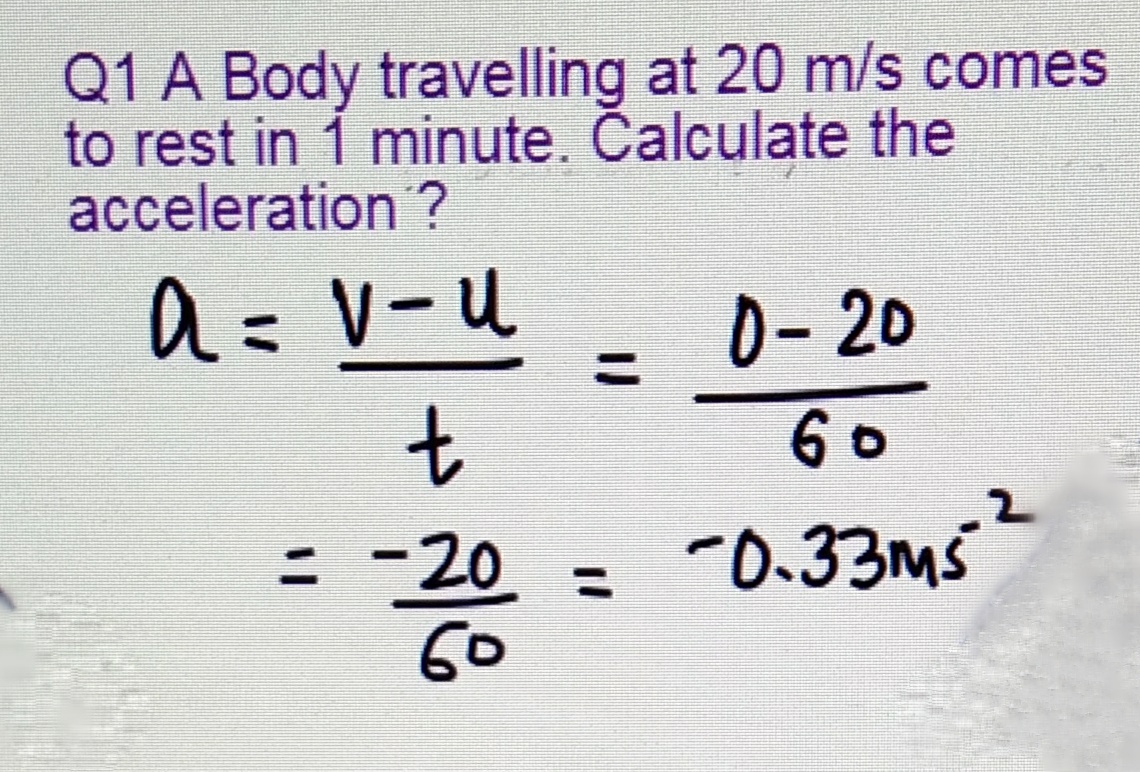
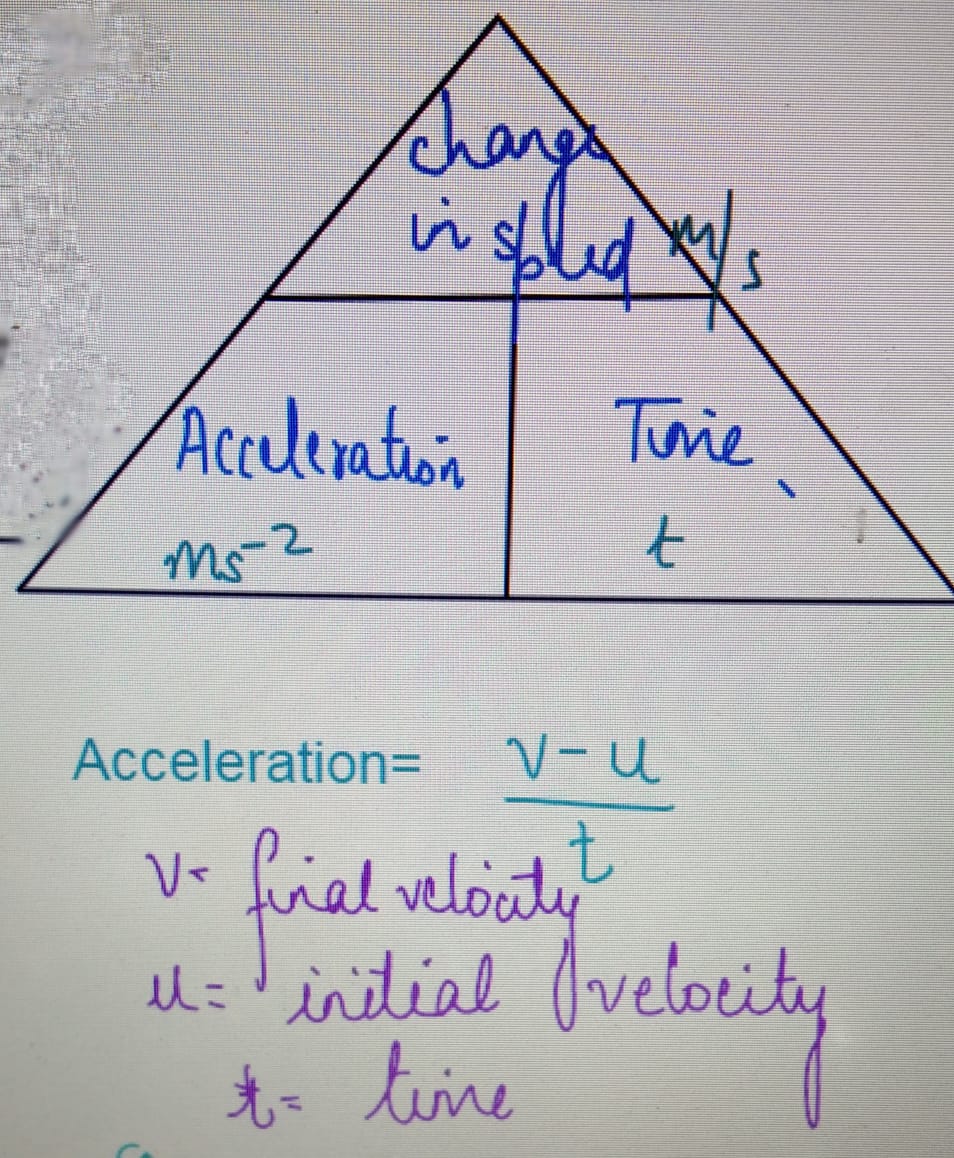
DISTANCE TIME GRAPHS
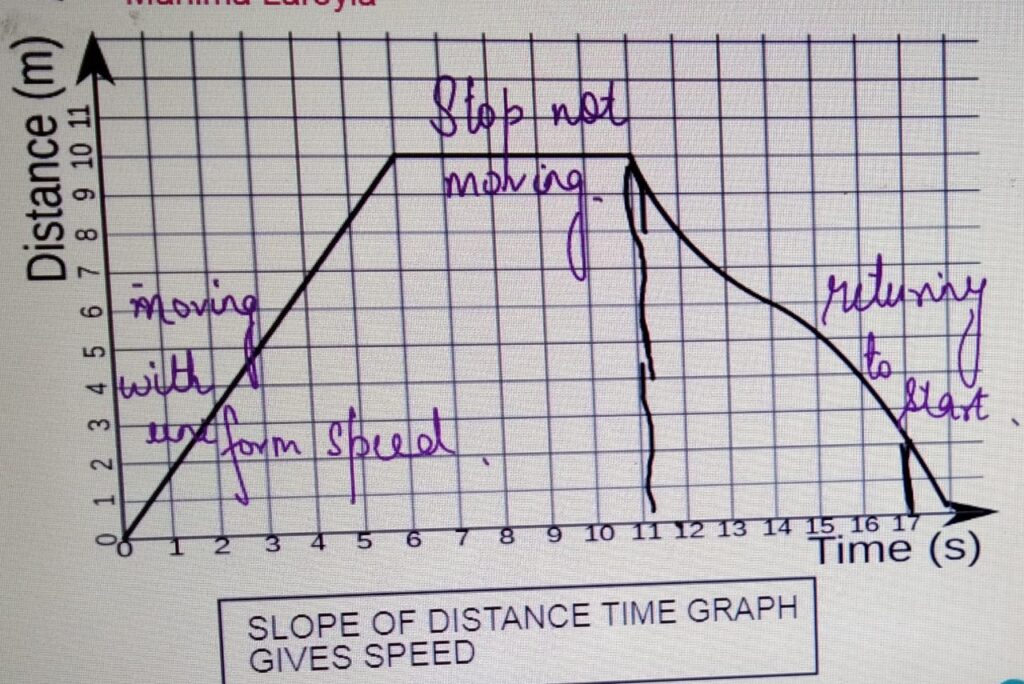
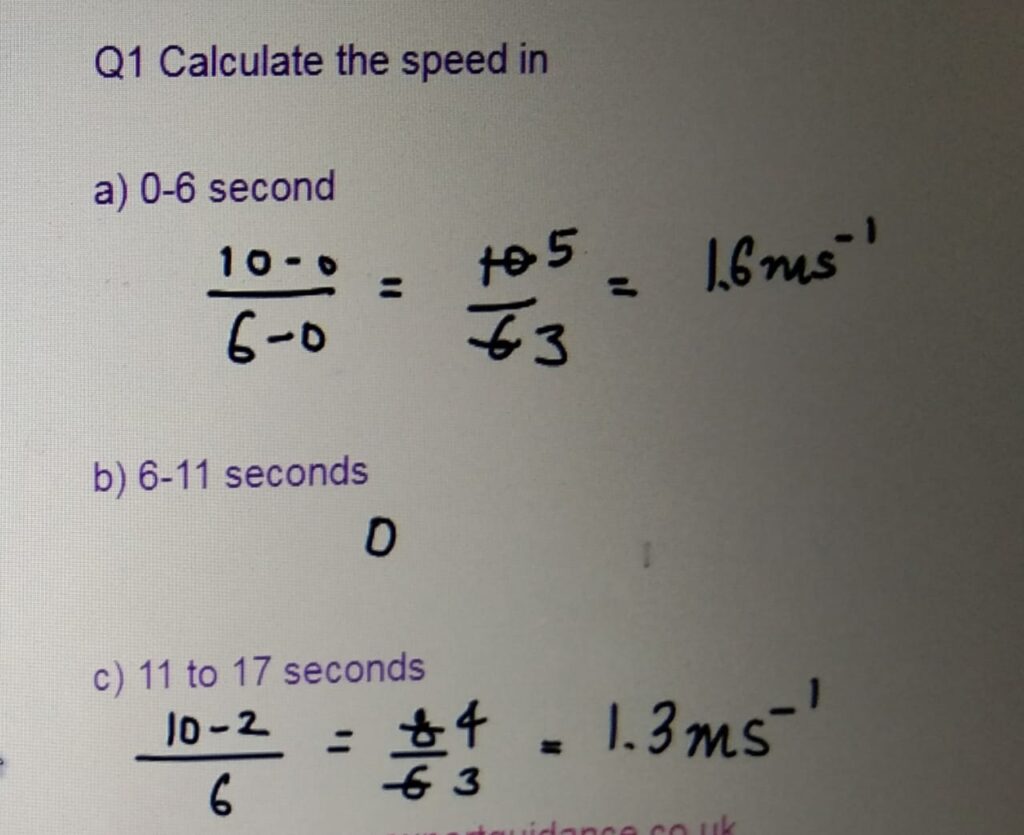
VELOCITY TIME GRAPHS
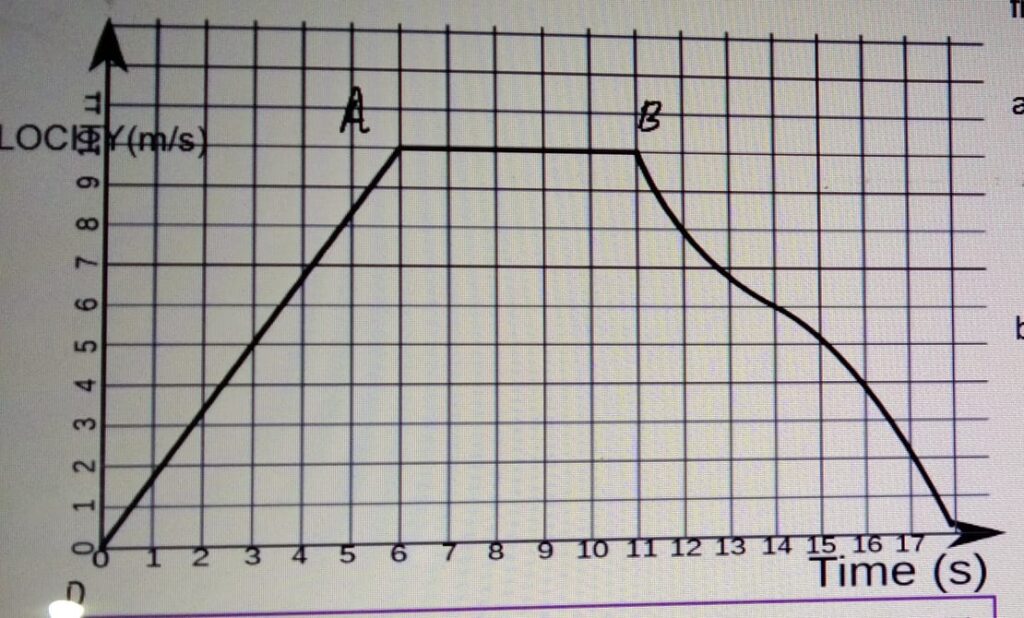 SLOPE OF VELOCITY TIME GRAPH= ACCELERATION
SLOPE OF VELOCITY TIME GRAPH= ACCELERATION
AREA UNDER THE GRAPH = DISTANCE
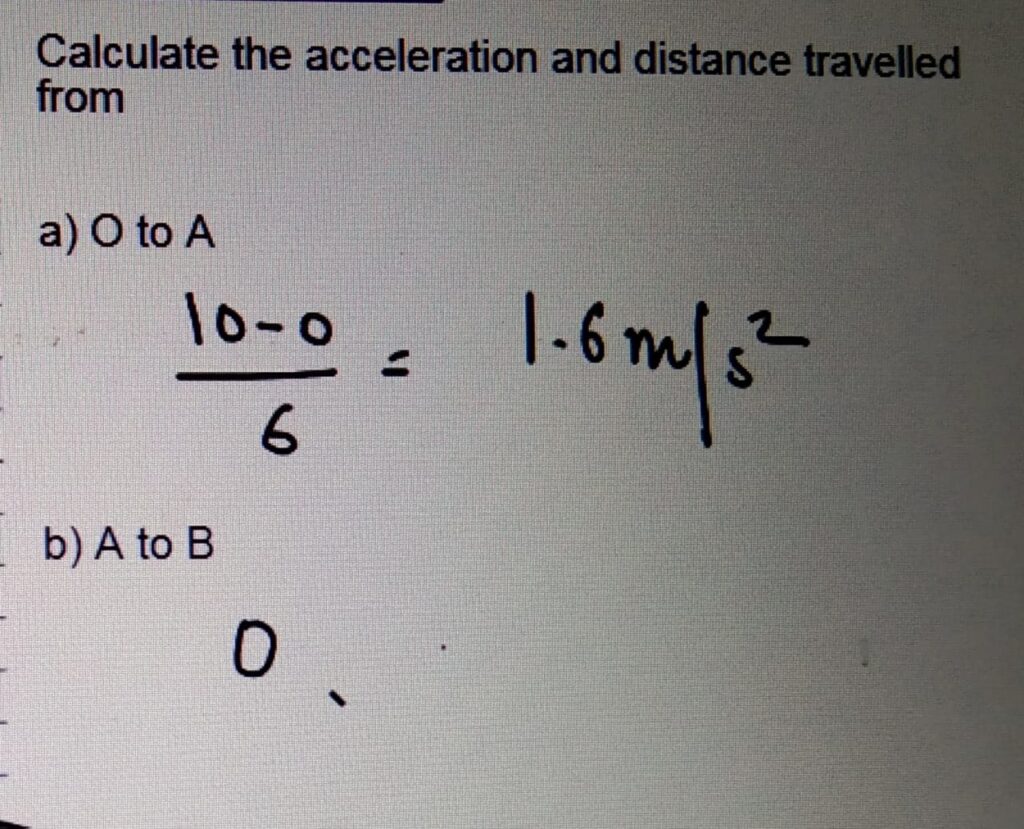
Banner 9
EQUATIONS OF MOTION
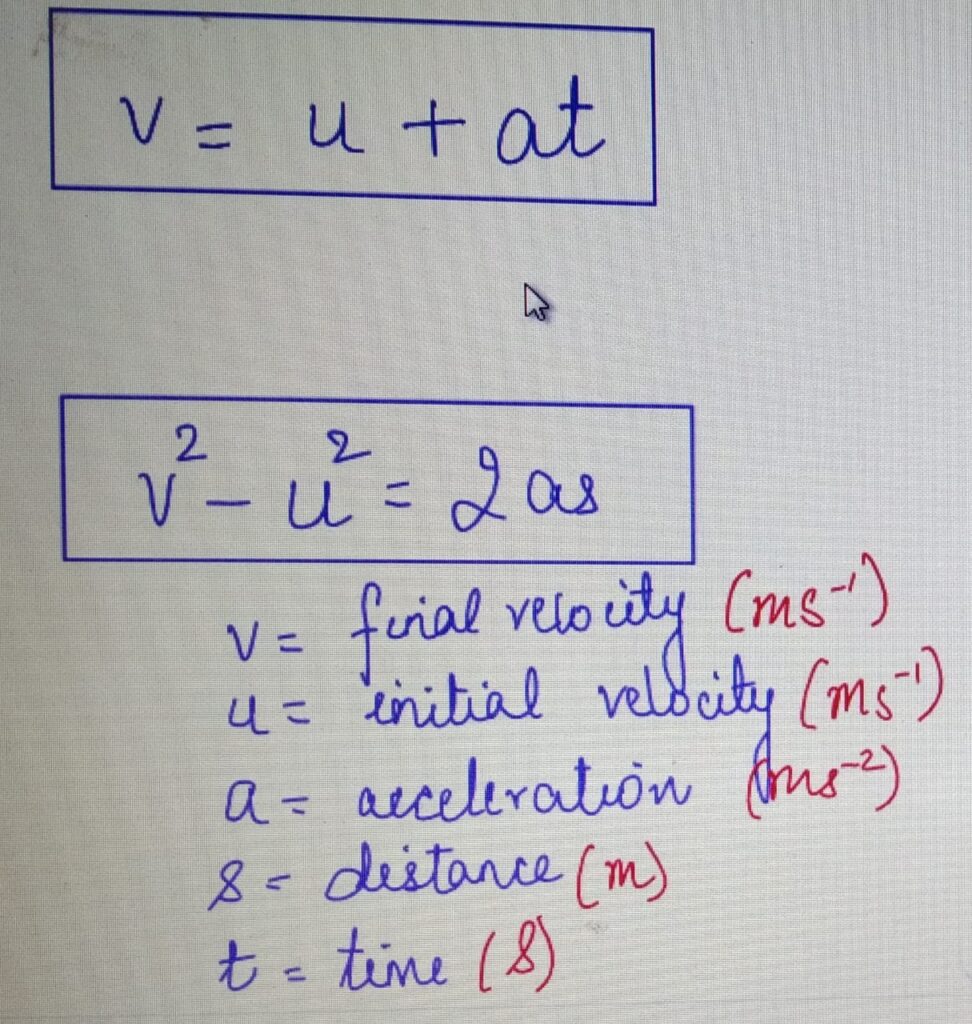
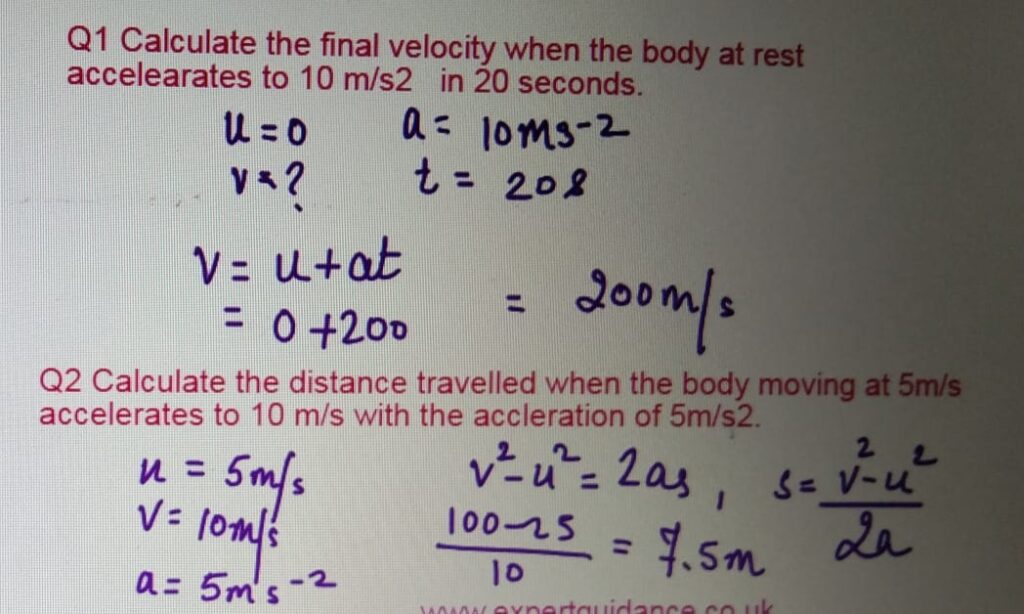
NEWTONS SECOND LAW OF MOTION

The acceleration of a body is
a) directly proportional to the resultant force
b) inversely proportional to the mass of an object
NEWTONS SECOND LAW OF MOTION
F = Mass x acceleration
SPEED UP
- The velocity of the object increases.
- The object accelerated.
- The resultant force is in the direction of motion.
SPEED DOWN
- The velocity of the object decreases .
- The object is decelerated.
- The resultant force is opposite to the direction of motion.
Banner 10
WEIGHT AND TERMINAL VELOCITY
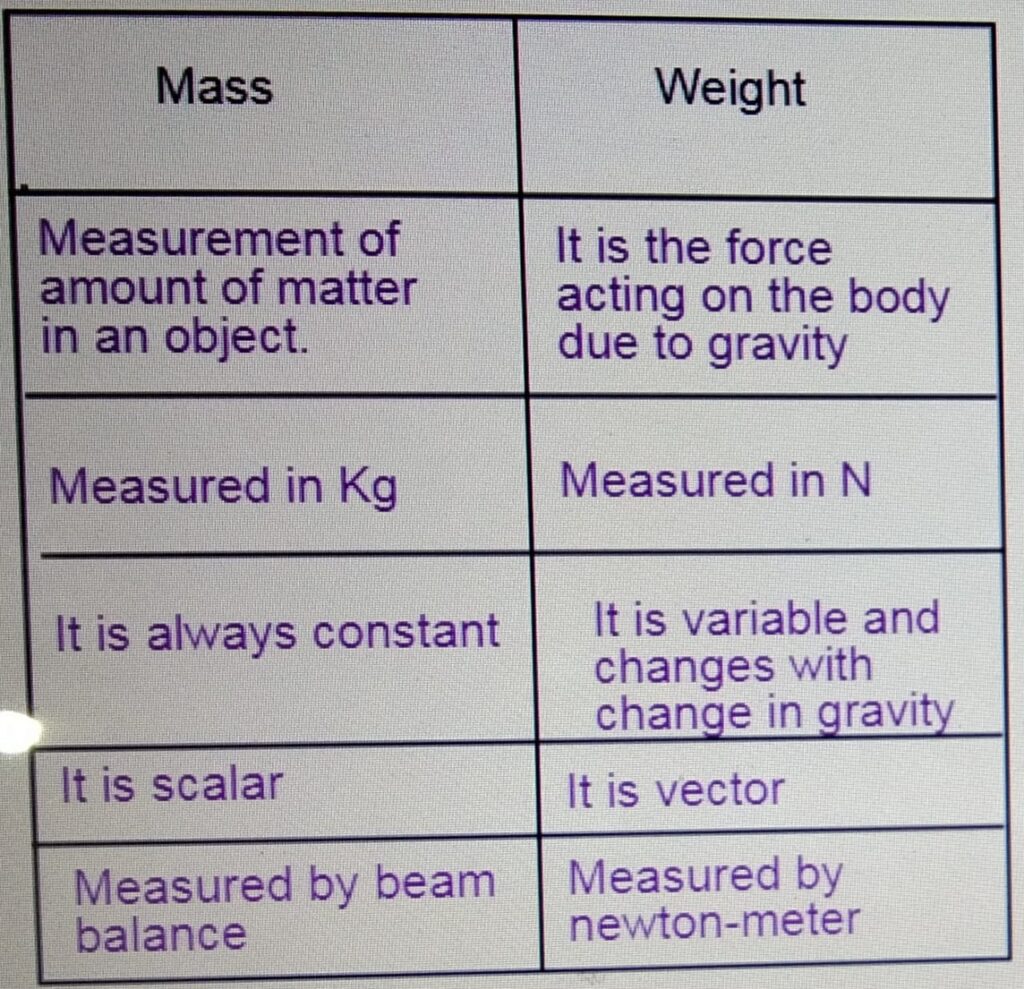
Weight (N) = Mass (Kg) x GRAVITATIONAL FIELD
STRENGTH (N/Kg)
g on earth = 9.8 N/Kg
or 10 N/Kg

FORCE AND WORK RELATIONSHIP
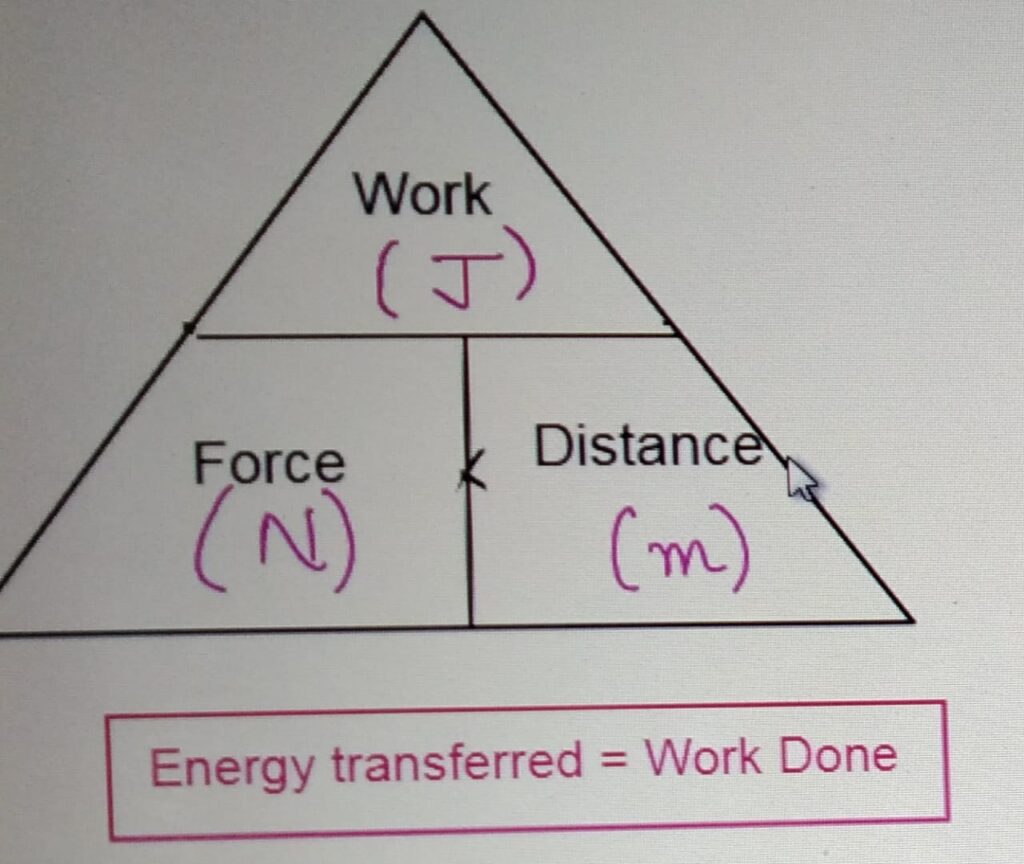
Q1 Calculate the work done when the force of 100 N moves the object
to a distance of 2m ?
W =F x S
= 100 x 2
= 200J
Q2 Calculate the force applied when 100 J of work is done to move
an object to a distance of 5 m ?

TERMINAL VELOCITY
It is the constant velocity of an object when
the resultant force is zero and the weight
of the body is balanced by the drag and
body has zero acceleration.
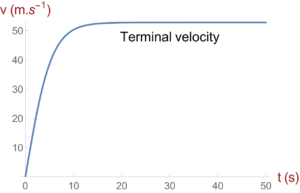
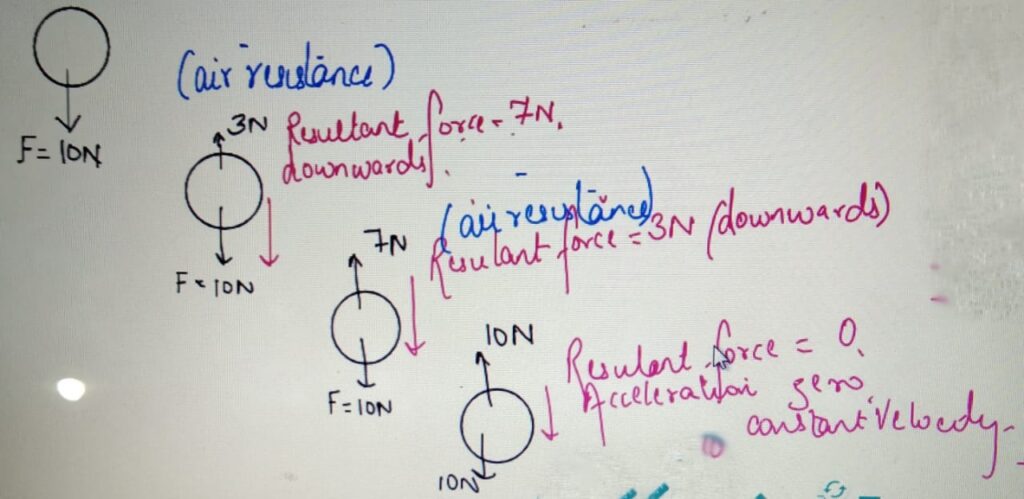
Terminal Velocity
TERMINAL VELOCITY IN FLUIDS

- In fluids, weight of the object is balanced by frictional force acting
upwards. - The body falls with constant velocity as net force or resultant force
acting on the object is zero, so the body falls at constant velocity
called the terminal velocity.
FORCES AND BREAKING
STOPPING DISTANCE
- The shortest distance a vehicle
can safely stop in. - It is the sum of thinking distance
and braking distance.
THINKING DISTANCE
The distance travelled by the body
during its reaction time.
= Speed x reaction time
Affected by tiredness, drug, alcohols
as all these affects the reaction time.
BRAKING DISTANCE
- Distance travelled by the body when
the braking force is applied. - Poor weather conditions, road conditions,
poorly maintained vehicles, speed of
the vehicle and the mass of the vehicle
affects the same.
MOMENTUM

Principle of conservation of momentum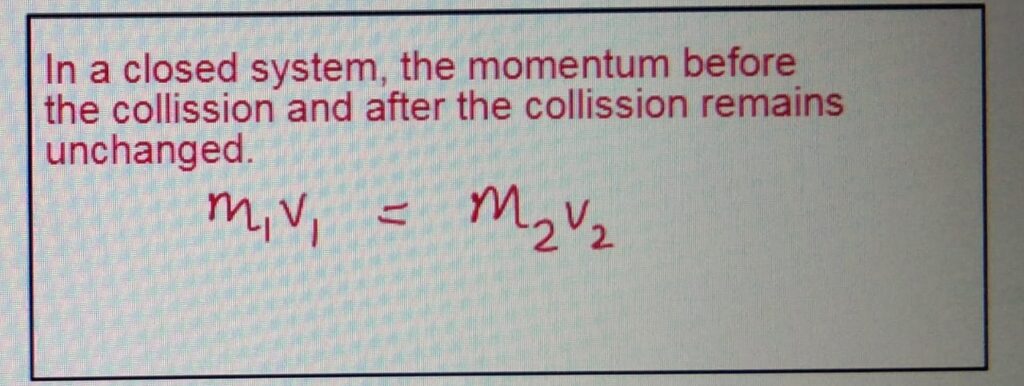
- Momentum is a vector quantity .
- It has a magnitude as well as direction.
- Greater the speed, greater the momentum.
- Higher the velocity, higher the momentum.
CONSERVATION OF MOMENTUM
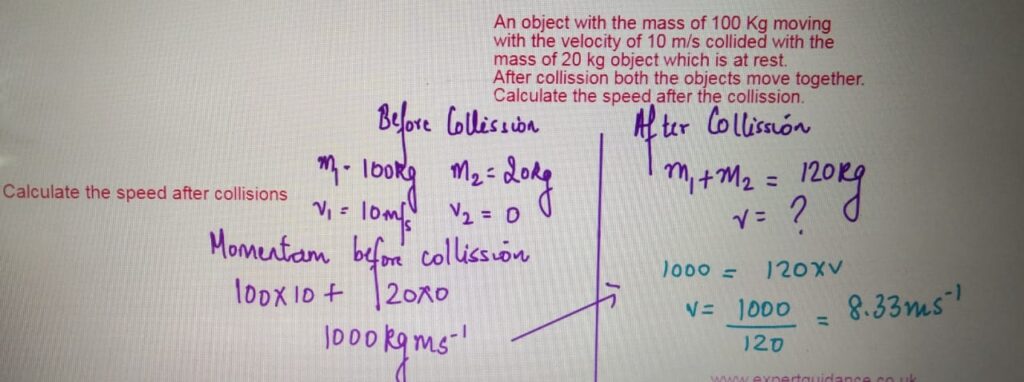
IMPACT FORCES
Relationship between force and momentum
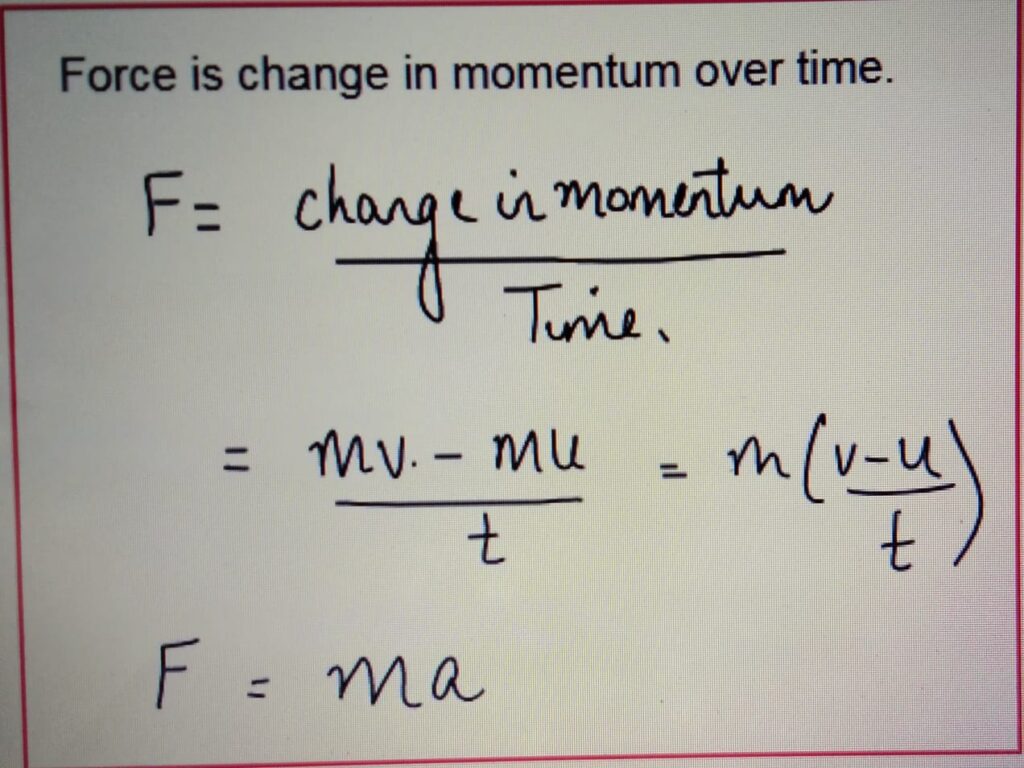
If we increase the time and the momentum is conserved,
the impact force can be decreased.
So greater impact time = reduced impact force
CAR SAFETY FEATURES
All these features increases the impact time, decreasing the momentum and thus
reduced the impact force.
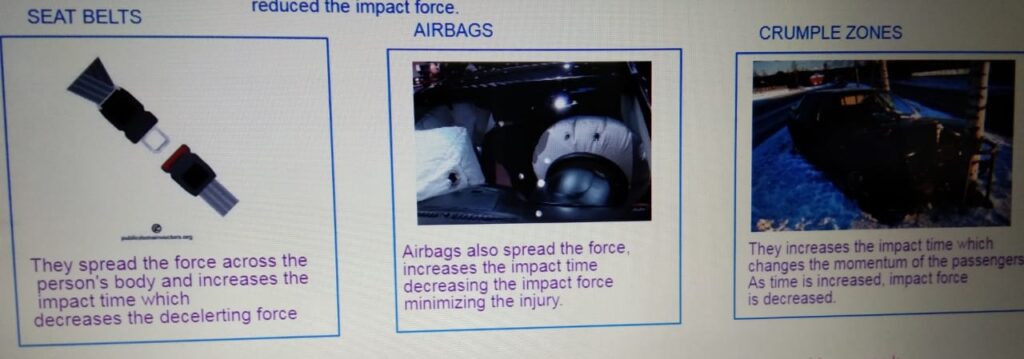
FORCES AND ELASTICITY
Effect of force on elastic objects:-
Change shape or deformation by
- Bending
- Stretching
- Compressing
Elastic Deformation
Object regains its original shape when
the force is removed like stretched rubber
band.
Inelastic Deformation
Object that does not gain its original shape
and changes shape permanently.
Example: overly stretched rubber.
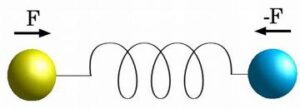
Banner 11
FORCES AND ELASTICITY
HOOKE’s LAW
Force on a spring is directly proportional
to the extension until it reaches its
limit of proportionality.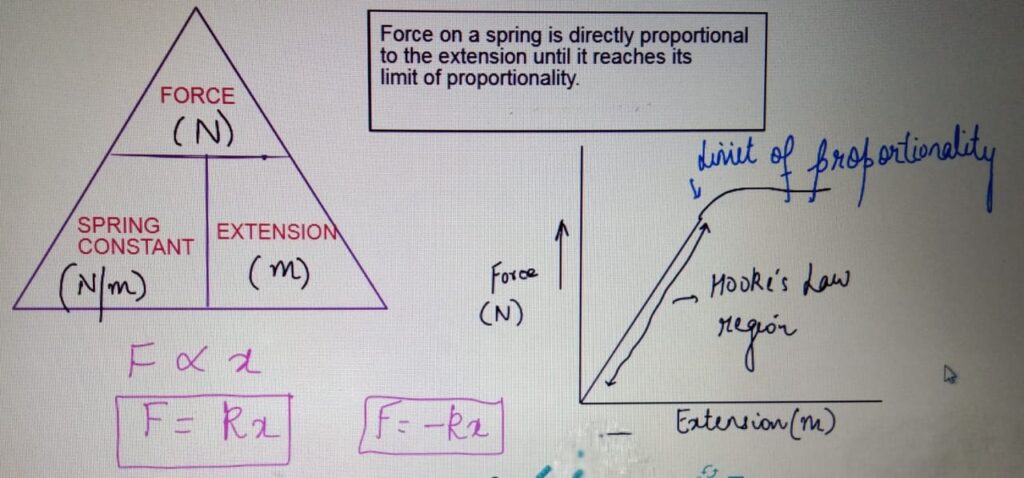
FORCES AND ELASTICITY
SPRING CONTSTANT
It is the measure of the stiffness of the spring.
Greater the spring constant stiffer is the object.
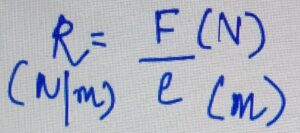
LIMIT OF PROPORTIONALITY
It is the point upto which the springs obeys
Hooke’s law. Beyond this point, the object
comes in the plastic region and no longer
obeys the Hooke’s law.
Q1 Calculate the force applied on the spring when
it is extended by 2m. The spring constant is 5N/m
F = k e
=5 x 2
=10 N
Q2 Calculate the spring constant of a spring when a force
of 50N extends the spring by 5 m.
K F/e
=50/2
=10 N/m
ELASTIC POTENTIAL ENERGY
E =1/2 k e 2
E = Elastic potential energy (J)
K = spring constant (N/m)
e= extention in the spring (m)
Elastic potential energy is the
energy stored in the spring when
it is stretched or compressed.
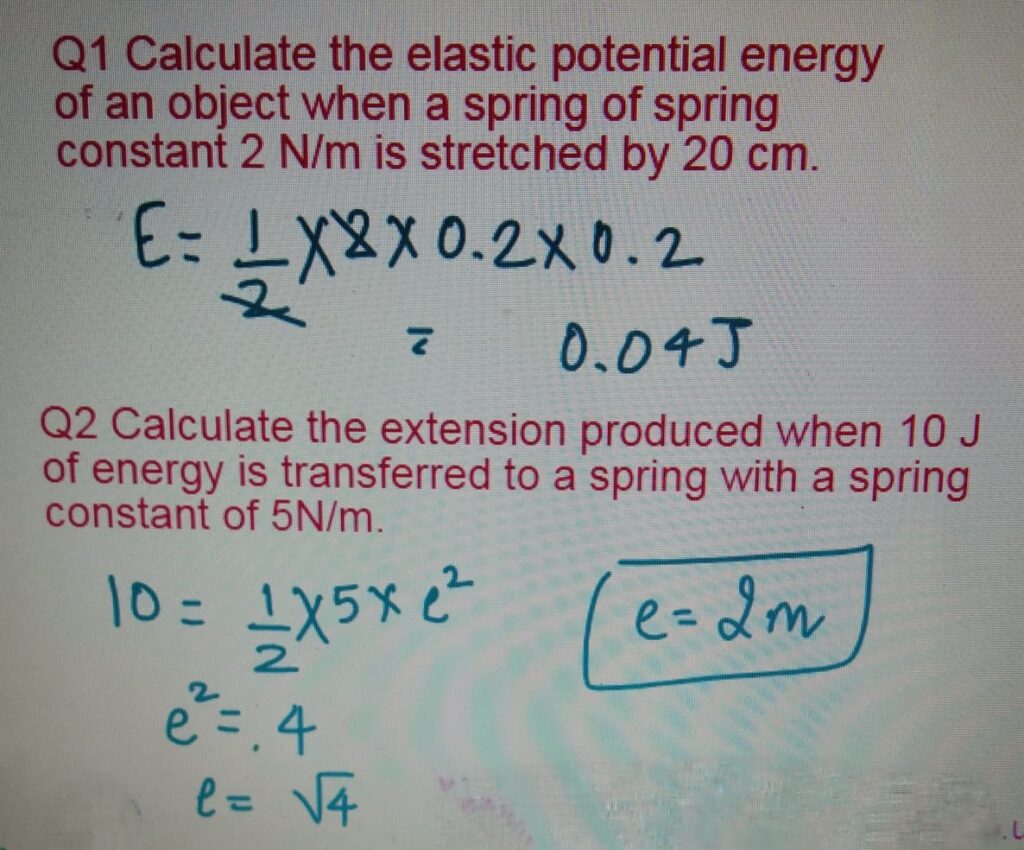
PRESSURE
- Greater the force greater the pressure .
- Smaller the area more will be the pressure exerted.
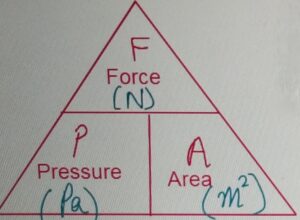
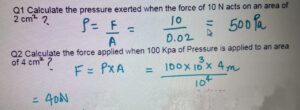
PRESSURE IN LIQUIDS
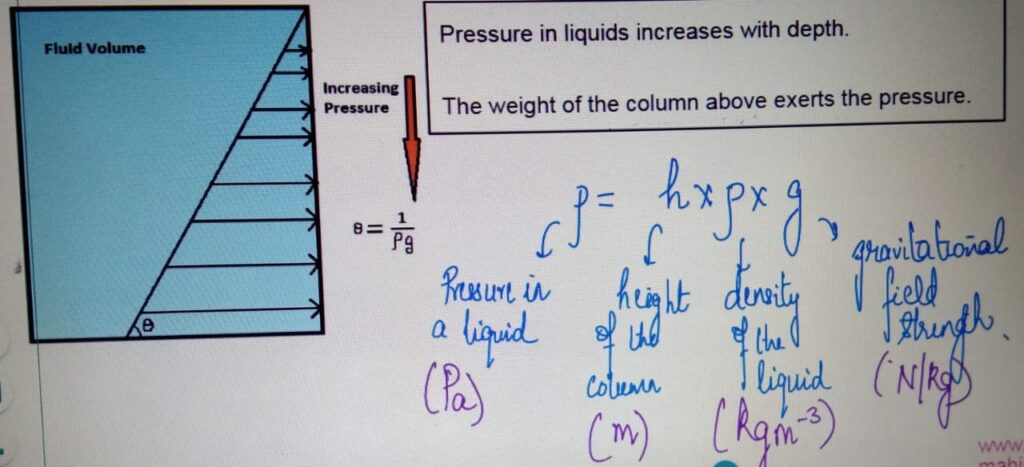
ATMOSPHERIC PRESSURE
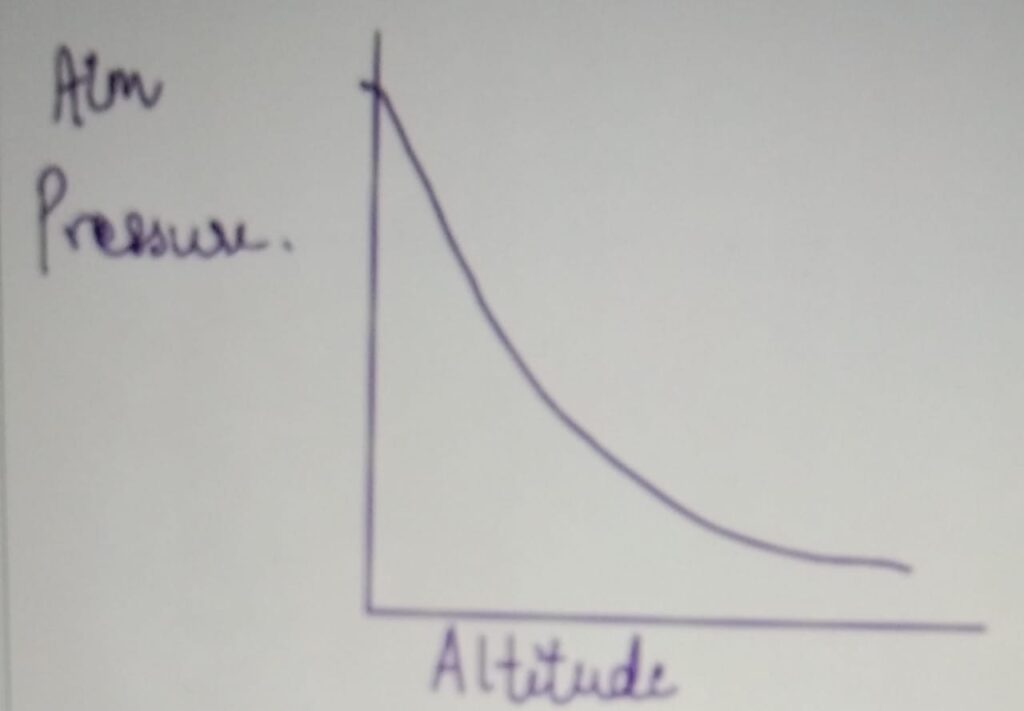
- Atmospheric pressure arises due to
collission of the airparticles with the
Earth’s surface. - It decreases with altitude as the number
of particles decreases with height
causing decrease in weight.
Banner 12
KEY TERMS
a) Forces :-Force is push or pull on an object that causes an
object due to
interaction with another object that causes an
object to:-
a) change speed
b) Change direction
c) change shape
b) Scalar :-Quantity that has magnitude only.
eg Length, Area, Volume etc .
c) Vector : Quantity that has magnitude
as well as direction. eg Displacement,
velocity, acceleration, momentum.
d) Friction :Friction is a contact force that opposed motion
between the
two surfaces that are in physical contact.
e) Newton First Law of Motion :-If an object is at rest it will remain at rest
If an object is in motion it will continue to
move with the same
speed and direction unless no resultant force
acts on it.
f) Newton Second Law of Motion:- The acceleration of a body is
a) directly proportional to the resultant force
b) inversely proportional to the mass of an object.
g) Newton Third Law of Motion:-For an every action force, there is an
equal and opposite reaction force.
h) Resultant Force It is the total force that
acts on the body. It is the sum
of all the forces that acts on the body .The
resultant force decides the speed and the
direction
of the body.
i) Free Body digrams are the graphical
illustration to represent all the forces
acting on a body.
j) Moments: It is the turning effect of force. It
is calculated by force multiplied by the
perpendicular distance from the pivot.
k) Levers : In all these levers, the turning
effect of force is greater by increasing the
distance of effort
further away from the pivot. It increases the
turning effect and multiply the force with a
small effort.
l) Gears : GEARS TRANSMIT TURNING EFFECT OF
FORCE.
m)Centre of Mass: It is the point at which the
entire mass of the object
can be thought as being concentrated.
n) Speed: It is the distance travelled divided by
the time taken.
o) Velocity: Speed in a given direction.
p) Acceleration: It is the change in speed over
time taken.
q)Weight: It is the force acting on the body due to gravity.
r) Terminal Velocity: It is the constant velocity
of an object when
the resultant force is zero and the weight
of the body is balanced by the drag and
body has zero acceleration.
s) Thinking Distance: The distance travelled by
the body during its reaction time.
t) Breaking Distance: Distance travelled by the
body when the braking force is applied.
u)Momentum: It is the product of mass and
velocity.
v) Conservation of Momentum: In a closed system,
the momentum before
the collission and after the collission remains
unchanged.
w) Hooke’s Law: Force on a spring is directly
proportional
to the extension until it reaches its
limit of proportionality.
Banner 12
Disclaimer:
I have tried my level best to cover the maximum of your specification. But this is not the alternative to the textbook. You should cover the specification or the textbook thoroughly. This is the quick revision to help you cover the gist of everything. In case you spot any errors then do let us know and we will rectify it.
References:
BBC Bitesize
Wikipedia
Wikimedia Commons
Image Source:
Wikipedia
Wikimedia
Commons
Flickr
Pixabay
Make sure you have watched the above videos and are familiar with the key definations before trying these questions. It is also good to time yourself while doing these questions so that you can work on the speed as well.
P8-Forces In Action
- Acceleration 1 MS
- Acceleration 1 QP
- Acceleration 2 MS
- Acceleration 2 QP
- Acceleration 3 MS
- Acceleration 3 QP
- Distance & Displacement MS
- Distance & Displacement QP
- Distance-Time Relationship 1 MS
- Distance-Time Relationship 1 QP
- Distance-Time Relationship 2 MS
- Distance-Time Relationship 2 QP
- Distance-Time Relationship 3 MS
- Distance-Time Relationship 3 QP
